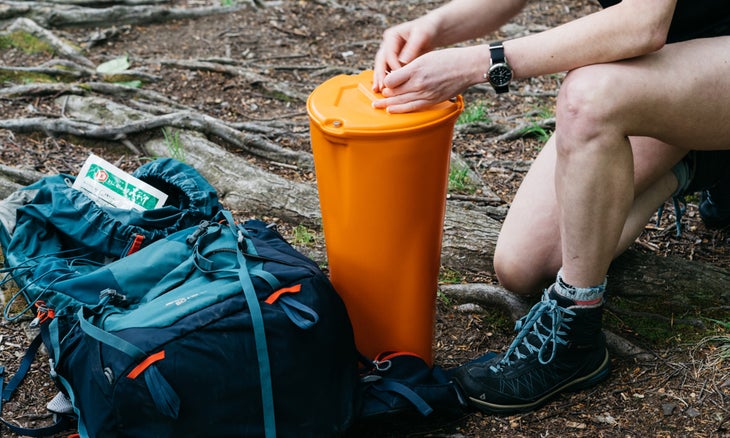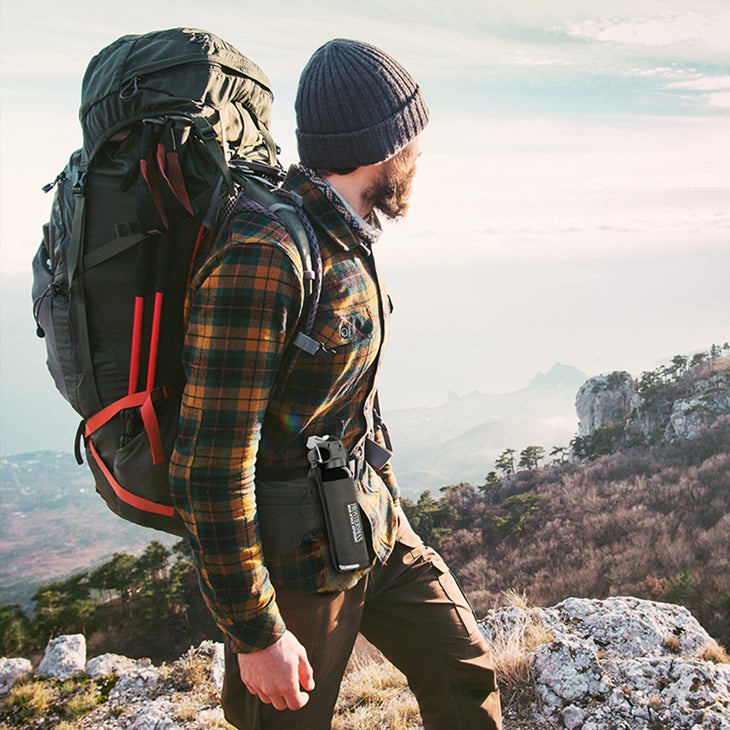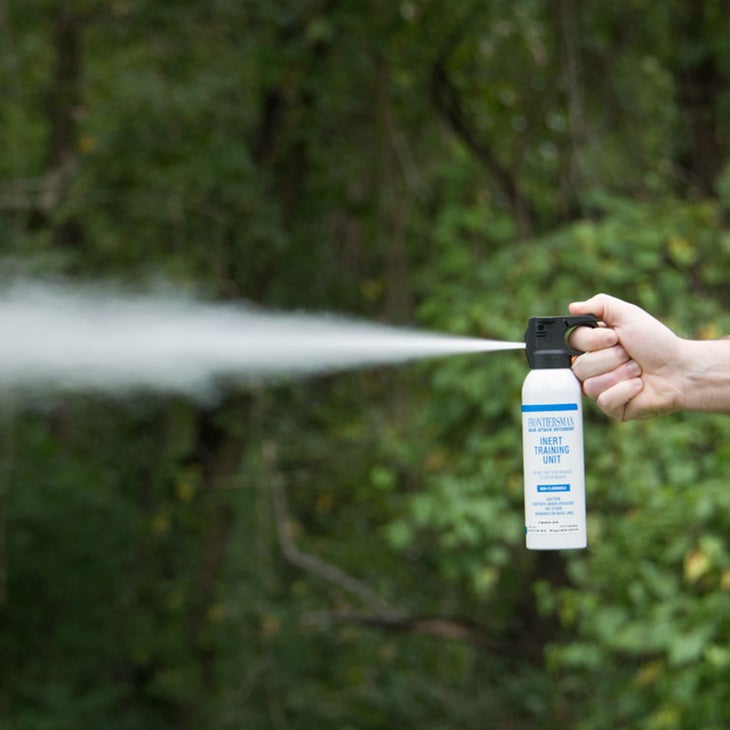Heading out the door? Read this article on the new Outside+ app available now on iOS devices for members! Download the app.
This year, more people than ever are hitting the trail. That’s great news, but, the explosion of outdoor enthusiasm has also led to an increase in accidents. Novices and experts alike run into trouble when they’re not prepared, and that means too many trips ending with someone lost or injured.
Now is the time to brush up on your backcountry safety skills. Do these eight things, and you’ll be ready to handle just about any obstacle the wilderness serves up.
1. Pack a real first-aid kit.
A few ibuprofen and a gauze pad isn’t going to cut it if something really goes wrong in the backcountry. Your personal kit should include over-the-counter painkillers and bandages in addition to the following:
- an antidiarrheal (e.g. Imodium)
- an antihistamine (e.g. Benadryl)
- sunscreen
- an antiseptic pad for cleaning wounds
- an antibiotic cream (e.g. Neosporin)
- scissors
- tweezers
- hand sanitizer
- an ACE bandage
- a SAM splint for field-dressing fractures
- any personal medications (e.g. an epinephrine pen)
For group trips, consider bringing a few extra items, too, like gauze, medical tape, Aspirin, non-Latex gloves, and skin-closure strips for big lacerations. And, of course, we recommend taking a wilderness first-aid class. With proper training, you’ll be able to act fast in serious situations.
2. Wildlife-proof your food.
Protecting your food from wildlife is critical, both for your safety and the animals’. In bear country, always pack food and other scented items (like toiletries) in a bear-proof canister. Pro tip: Many canisters can be a pain to pack, but SABRE’s Frontiersman INSIDER Bear Safe has a narrow shape designed to slip into packs easily and distribute the load better than standard barrel-shaped canisters. In grizzly country, be sure to store your canister 200 feet away from camp and cook separately as well, making an equilateral triangle of kitchen, tent, and food storage.

3. Pack a map.
Each year, a huge number of search-and-rescue missions are dispatched to locate lost hikers. Stay found by researching your route ahead of time and checking your progress and location as you go. Always pack a map and compass (and know how to use them), and a GPS or GPS app with maps downloaded for the area you’ll be exploring. That way, if you take a wrong turn, you’ll be able to find your way back.
4. Stay on the trail.
Further reduce your chances of getting lost by staying on established paths. It’s amazing how fast you can get disoriented in desert landscapes or dense forest—even after straying just a few steps. Plus, off-trail wandering can erode hillsides and damage fragile plant life. Walking and camping on durable, impacted surfaces is one of the best ways to protect the trailside environment.
5. Be wary of strangers.
On-trail crime is rare, but it does happen. The human threat is more likely on easy-access trails, when you’re out for a trail run or dayhike. If you’re worried about running into human trouble in the backcountry, pick a popular destination—you’re less likely to be ambushed with other hikers around.

Prefer solitary missions? Keeping a compact pepper spray or gel, like SABRE’s Runner Pepper Gel, in-hand – or in your hipbelt – can also give you an extra layer of defense against bad actors. It only weighs 0.75 oz, providing ultralight insurance for any unwanted encounters. (SABRE also makes a palm-sized, dog-specific spray if you’re also worried about canine encounters. The Protector Runner Dog Spray formula is the strongest allowed by the EPA, and doesn’t cause permanent injury to dogs.)
6. Pack extra layers.
Fun fact: You can get hypothermia in temperatures as high as 50°F. Wind, rain, and elevation change can all cause temperatures to drop dramatically. Get a few of those at once, and a hike can go from pleasant outing to life-threatening scenario in minutes.
Always pack an insulating layer and a rain shell—as well as a wind shell, hat, and gloves if you’re venturing into the mountains. While you’re at it, throw in a headlamp and extra food and water, too. That way if something does go wrong, you’ll be prepared to spend a few extra hours sorting things out (or waiting for rescue).
7. Carry bear spray.

Bear attacks have been on the rise over the past few years, thanks to reduced bear habitat and a growing number of hikers hitting the trail. Whenever you venture into grizzly country—or black-bear hot spots like the Great Smoky Mountains—pack a can of bear spray, which experts recommend as the most effective way to stop an attack, not to mention the most humane. Look for a spray that has the maximum permitted strength and range, like SABRE’s Frontiersman Bear Spray, which can deliver a potent cloud of capsaicinoids even at 35 feet. If you’ve never deployed a bear spray before, we recommend dialing in your technique with a practice spray at home first. After all, when there’s a bear coming at you, you want that quick-draw to be second nature.

8. Have an emergency plan.
You know what they say about best-laid plans. Always have a few tricks up your sleeve for true emergencies. Before you head out, leave a detailed trip itinerary with a friend or family member, as well as a time when they should expect you back. Also jot down the contact information for the authorities they should call if you’re not home by the appointed time. Carry a personal locator beacon, bring at least one brightly-colored layer, and pack a small mirror or other means of signaling aircraft if you do get lost or stranded.
